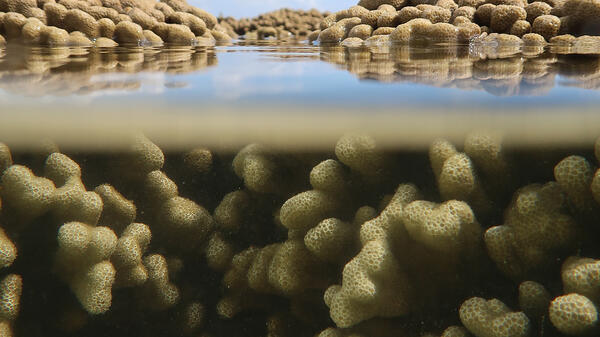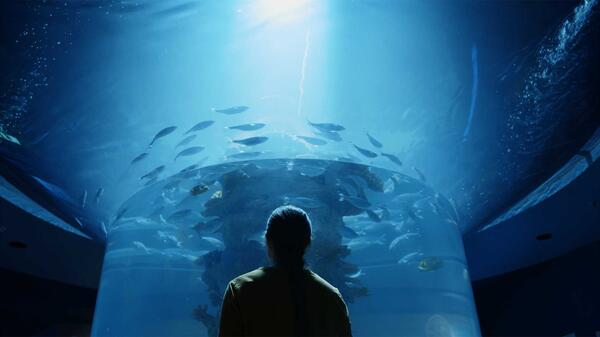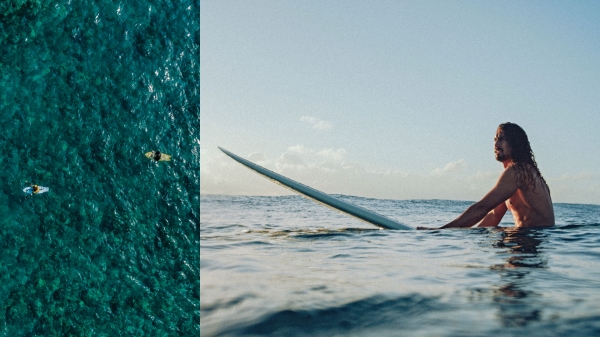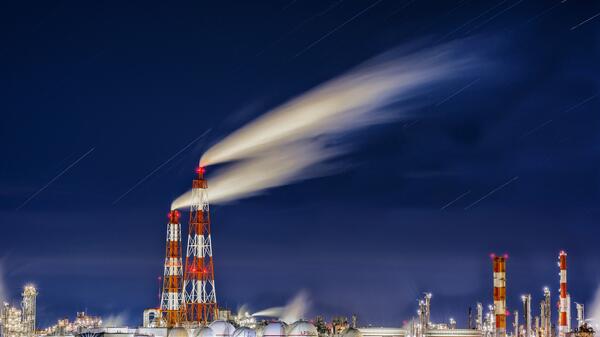Search ASU News stories

|
School of Molecular Sciences researcher awarded $1.2M to study coral bleaching mechanismsThe current widespread heat wave is not only affecting life on land — it's also affecting life in the ocean. Rising seawater temperatures across the world’s oceans are having a negative impact on marine life and the health of coral reefs, which support a… |

|
Deep under the ocean, microbes are active and poised to eat whatever comes their wayThe subseafloor constitutes one of the largest and most understudied ecosystems on Earth. While it is known that life survives deep down in the fluids, rocks and sediments that make up the seafloor, scientists know very little about the conditions and energy needed… |

|
ASU instrument captures breathtaking 'first light' imagesASU scientists and engineers building the Europa Thermal Emission Imaging System (E-THEMIS) for NASA’s Europa Clipper passed a major hurdle… |

|
ASU professor accepts international award for research in marine, aquatic sciencesResearch led by Arizona State University Professor Hilairy Hartnett is being honored with the 2022 John Martin Award from the… |

|
ASU center announces Hawaii coral reef conservation program in partnership with Lenfest Ocean ProgramArizona State University’s Center of Global Discovery and Conservation Science (GDCS) is entering into a partnership with the Lenfest Ocean… |

|
ASU named No. 1 in innovation for eighth straight yearFor the eighth year in a row, Arizona State University is No. 1 in innovation in the newly released annual Best Colleges rankings by U.S. News & World Report. Over the past 20 years, ASU has grown from a… |

|
Native knowledgeEditor's note: This story originally appeared in the winter 2023 issue of ASU Thrive magazine. Cliff Kapono is looking out onto Honoli‘i Beach on the… |

|
ASU faculty provide a cheat sheet to French history, culture and the venues of Paris GamesDid you know that each Olympic Games has a mascot? For the Paris 2024 Olympics, the mascots are little red, cone-shaped hats with big blue eyes called Les Phryges, one for the Olympics… |

|
Visualizing the future of ArizonaIn 1968, Apollo 8 astronaut William Anders snapped a photo of the Earth emerging from shadow, its surface marbled with swirling clouds. Subsequently dubbed Earthrise, the photo has been called the most influential environmental photo in history and credited with… |

|
Understanding past climate change 'tipping points' can help us prepare for the futureOf all the creatures on Earth, humans manipulate their environments the most. But, how far can we push it before something drastic happens? Scientists are calling for a better understanding of past extreme climate change events in an attempt to anticipate future… |